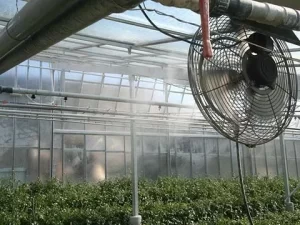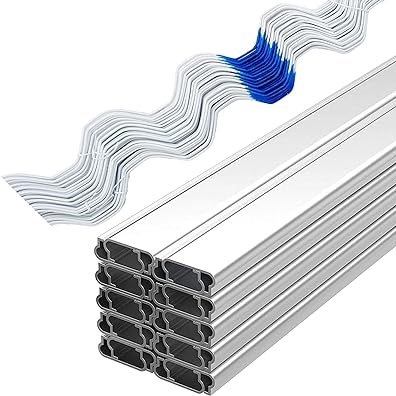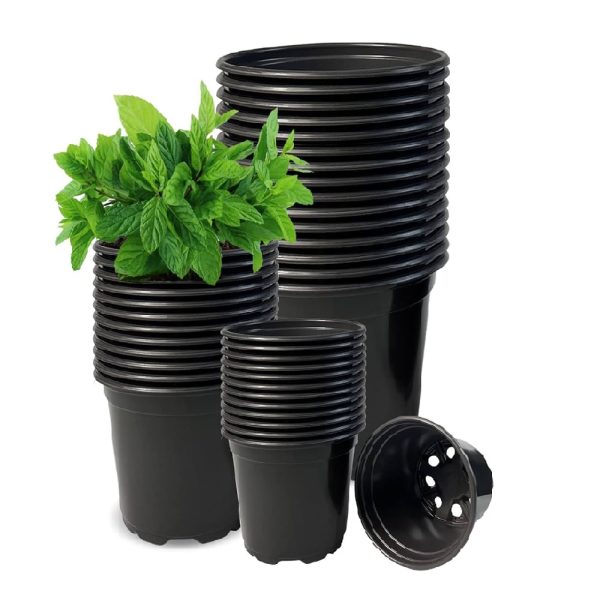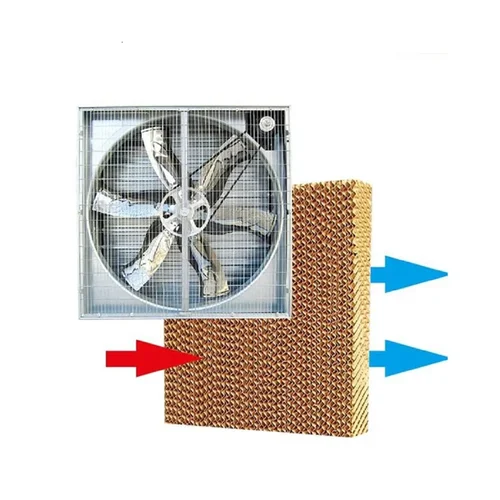Fan & Pad Cooling system
Consist of exhaust fans at one end of the greenhouse and a pump circulating water through and over a porous pad installed at the opposite end of the greenhouse.

Fan and pad systems are a widely used method for cooling greenhouses, leveraging the principles of evaporative cooling to maintain optimal growing conditions for plants. This system is particularly effective in hot climates, where managing temperature is crucial for plant health and productivity.
Mechanism of Action
Air Movement: Exhaust fans expel warm air from the greenhouse. This action creates a negative pressure that pulls outside air through the wetted pads.
Evaporative Cooling: As air passes through the moist pads, water evaporates, absorbing heat from the air. Each gallon of evaporated water can absorb approximately 8,100 BTU of heat energy, significantly lowering the air temperature before it enters the greenhouse.
Temperature Gradient: The system produces a temperature gradient within the greenhouse, with the coolest air near the pads and warmer air toward the fans. This gradient typically ranges from 7 to 10 degrees Fahrenheit (3.9–5.6°C) across the length of the greenhouse.
System Components
Exhaust Fans: These fans must provide at least one air change per minute to maintain effective cooling. They should also include automatic shutters to prevent back drafts when not in operation.
Cooling Pads: The pads must cover the entire wall length where airflow occurs. Different materials affect performance; for instance, cellulose pads support higher airflow rates compared to aspen pads.
Water Circulation Pump: This pump ensures a consistent flow of water over the pads, maintaining their wetness and enhancing cooling efficiency.
Design Considerations
Pad Area: The required pad area depends on airflow rates and pad material. For aspen pads, allocate one square foot for every 140 cubic feet per minute (CFM) moved by fans; cellulose pads require less area due to higher airflow capabilities.
Airflow Management: Proper placement of pads ensures all incoming air passes through them, maximizing cooling efficiency. It’s essential to seal off pads during colder months when heating is necessary.
Limitations and Efficiency
While effective in dry climates, the Fan & Pad system may struggle in high-humidity conditions where evaporative cooling becomes less efficient. In such environments, alternative cooling methods may be necessary to maintain optimal conditions for plant growth.




Reviews
Clear filtersThere are no reviews yet.